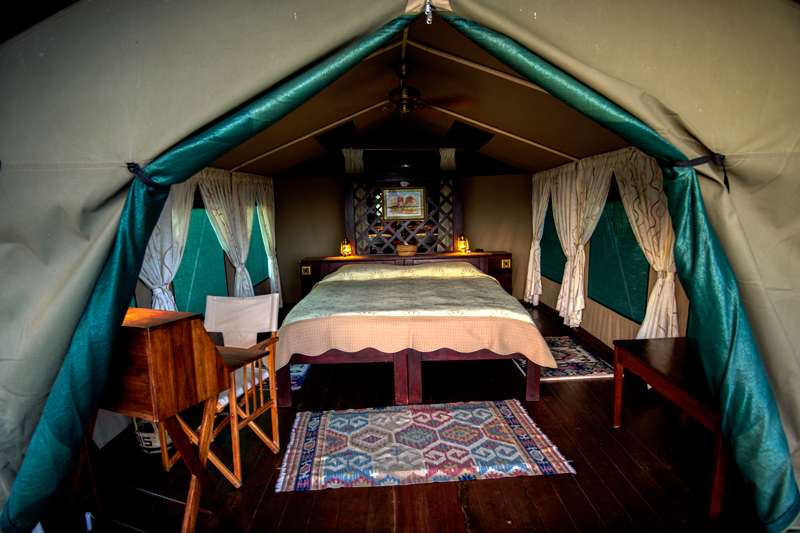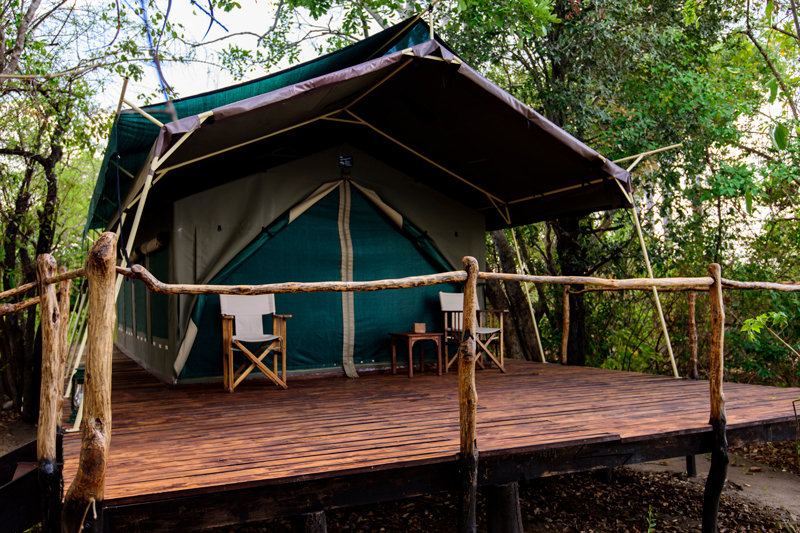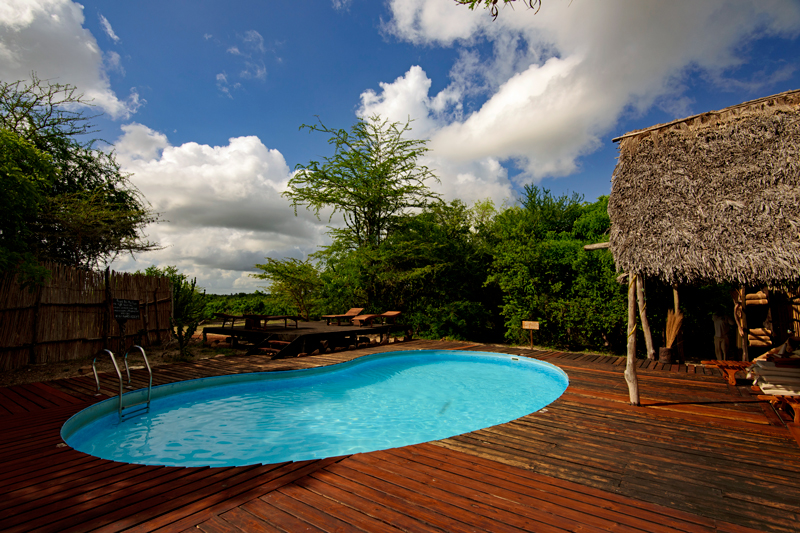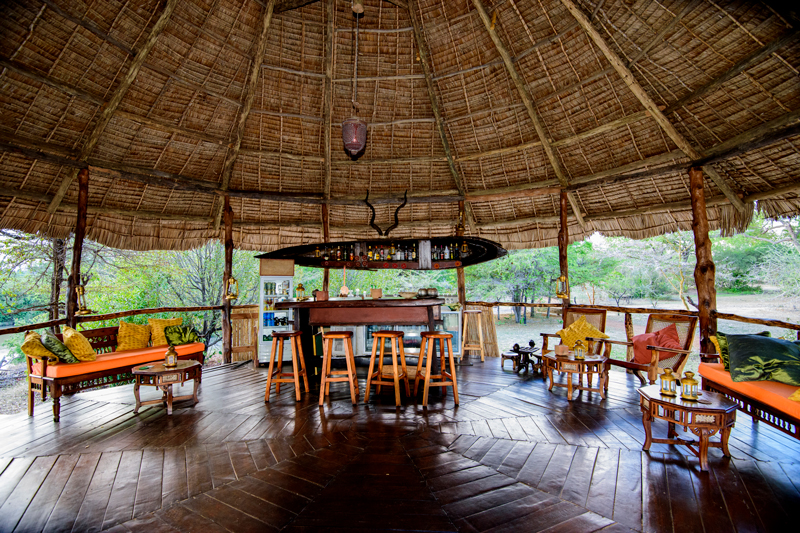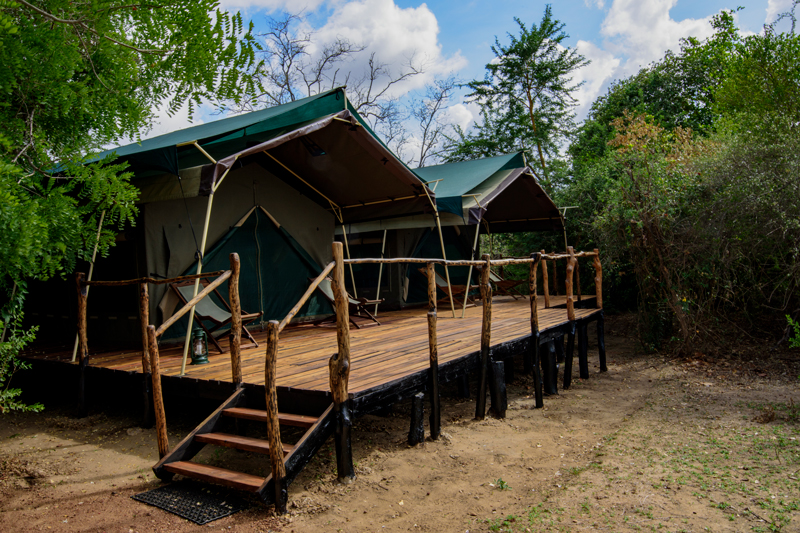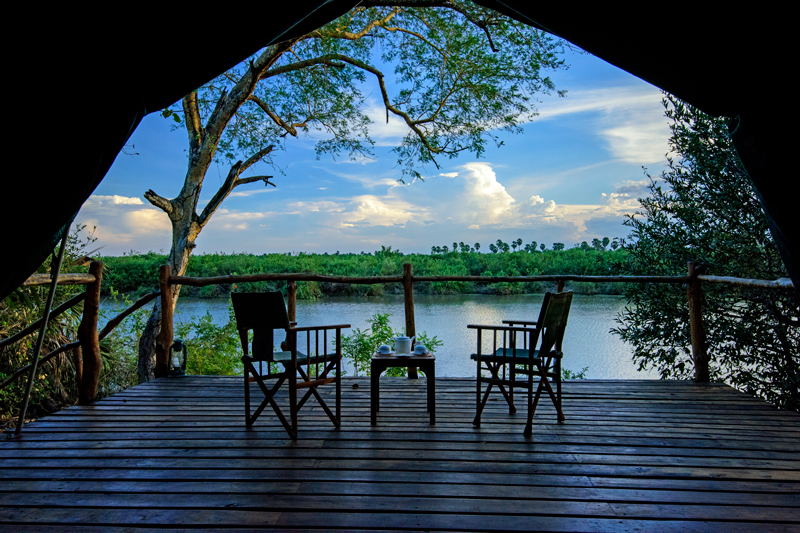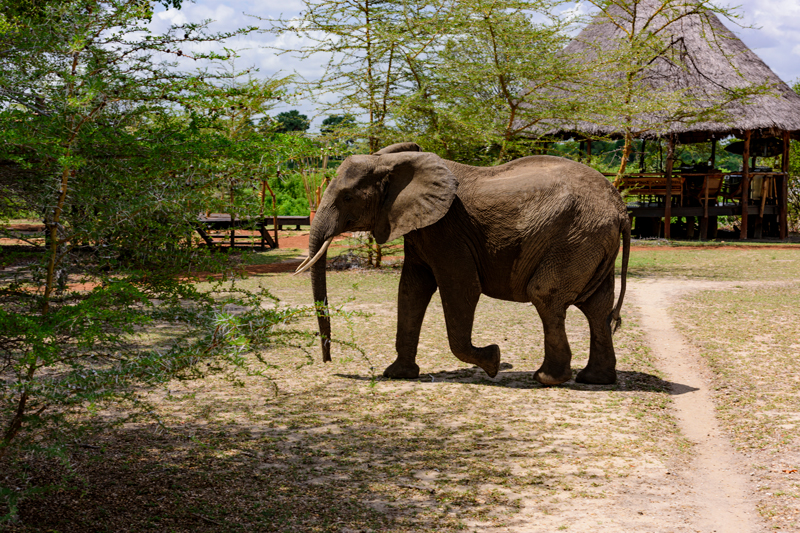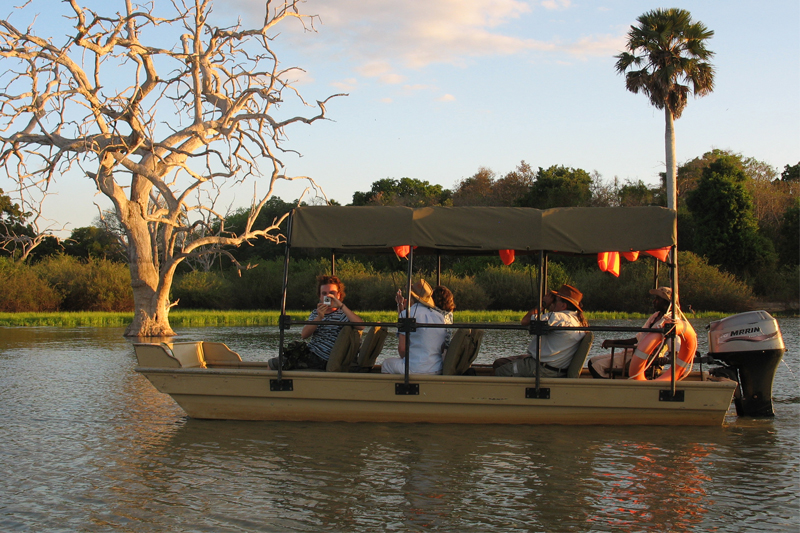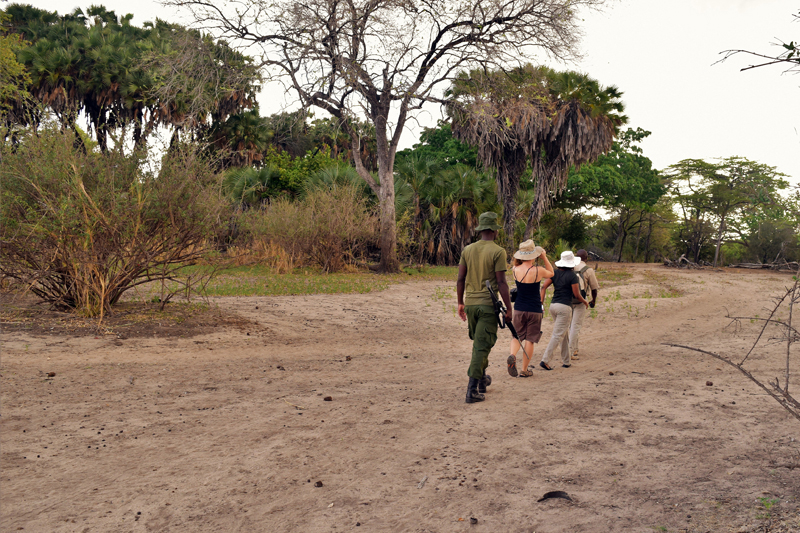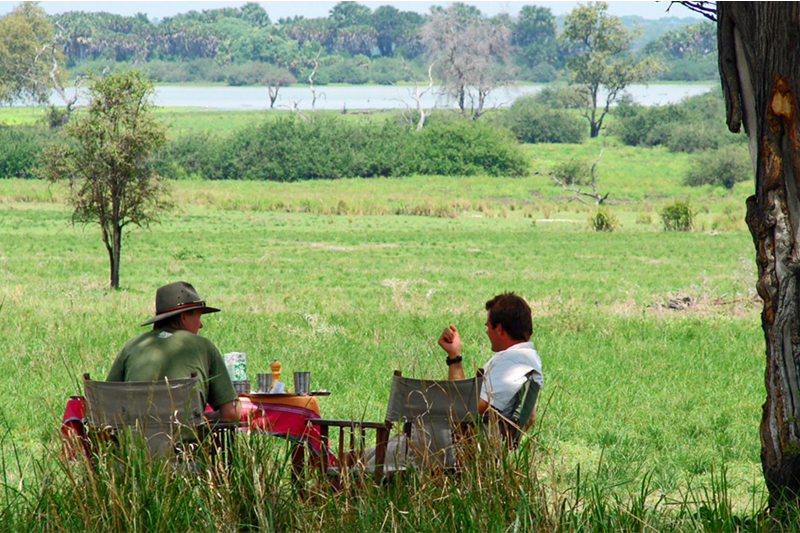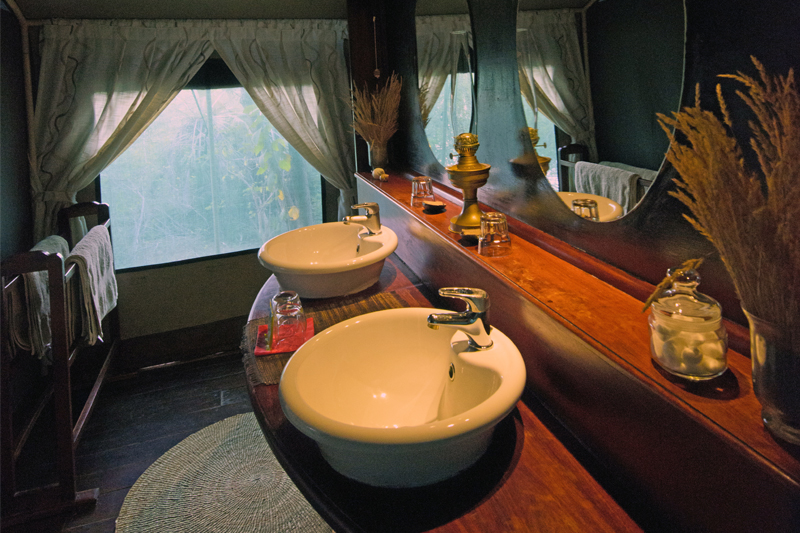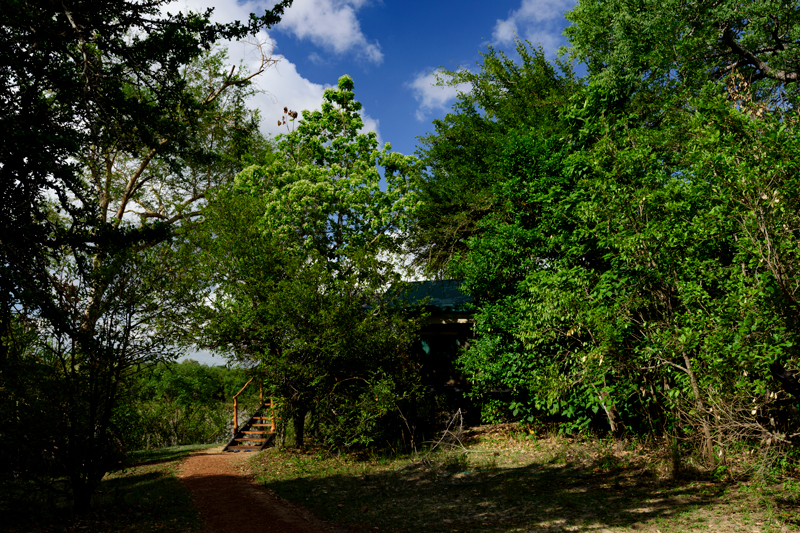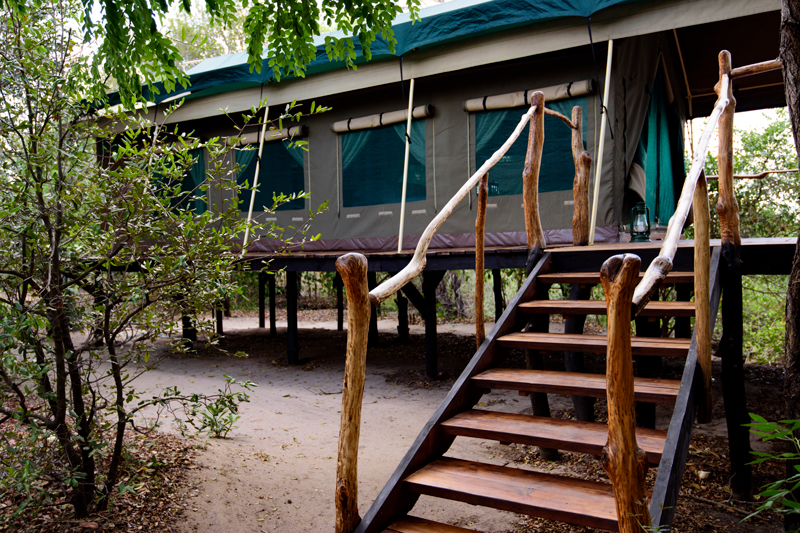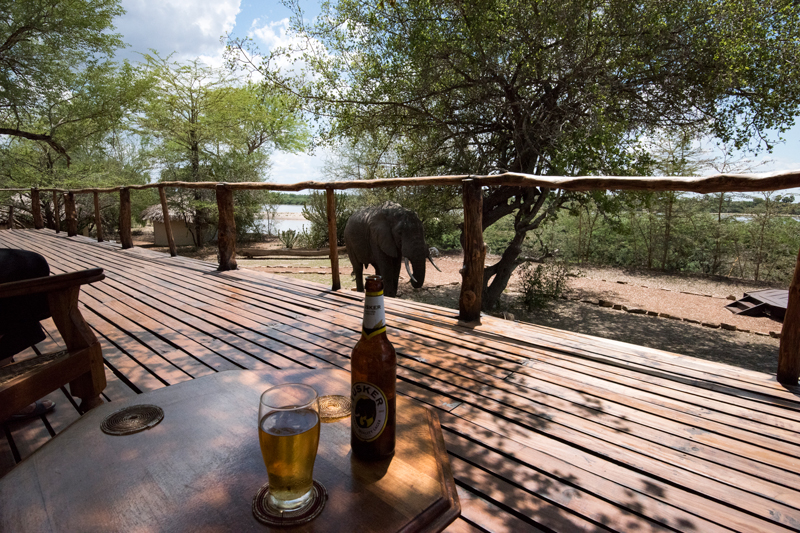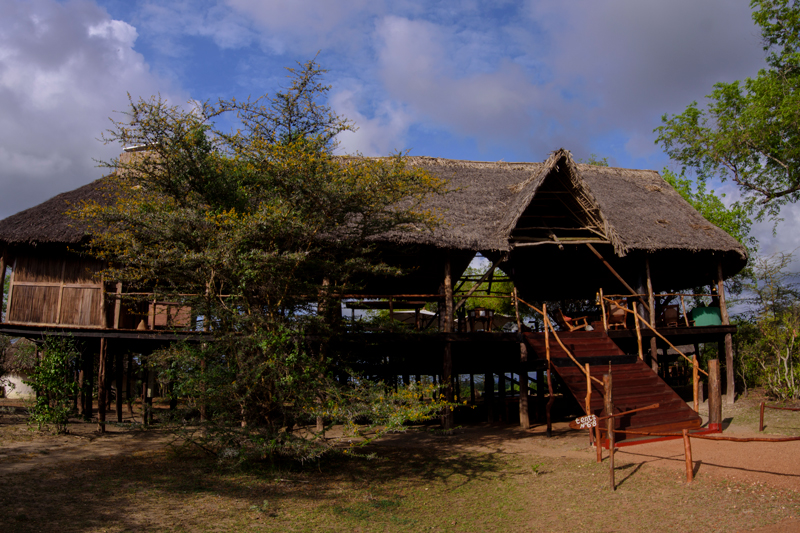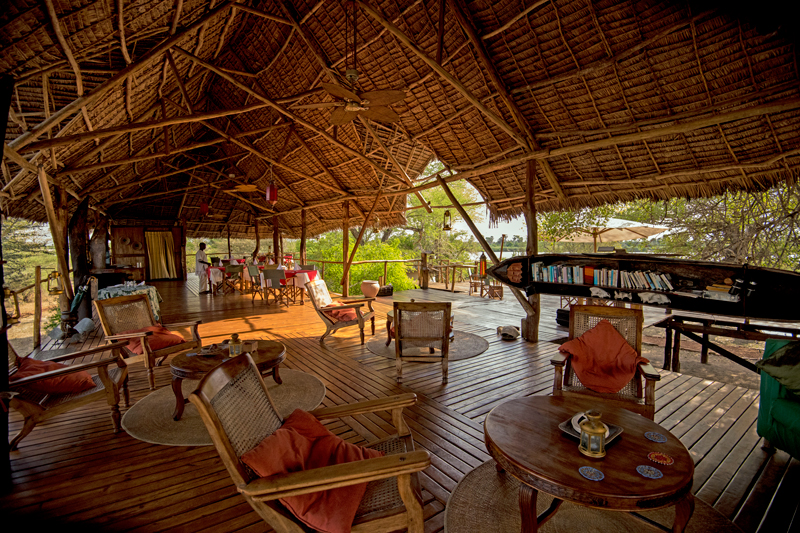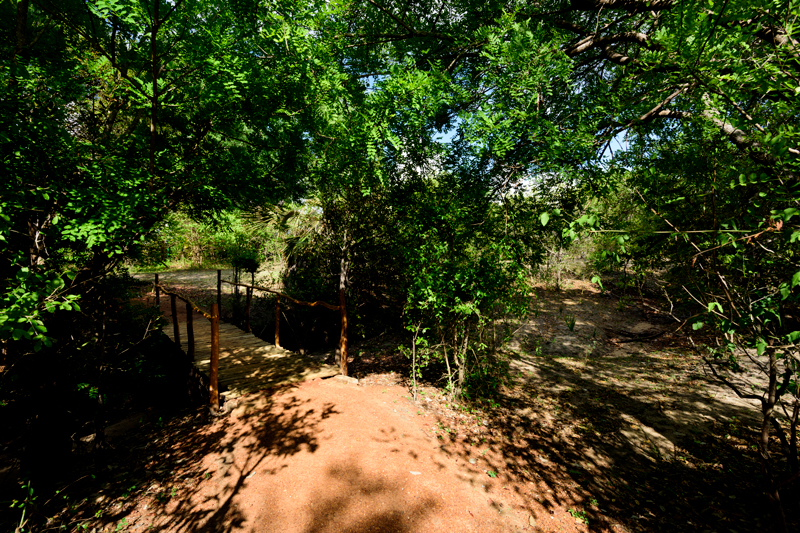Selous Impala Camp
Selous Impala Camp is a tented lodge located amongst riverine woodland on the banks of the Rufiji River in the north-east corner of the vast Nyerere National Park.
Selous Impala is an excellent all round camp offering the full Nyerere experience with superb boat cruises on the Rufiji River and game drives in the productive north-eastern section of the reserve. The tented accommodation is very comfortable without being overly luxurious or spacious, and this sets the tone for the rest of the product. Selous Impala is an excellent four star property which is not trying to be too luxurious. The guides are very good and the food and service also excellent. We feel they get the balance between quality and ambience just right. The camp also offers a mixture of communal and private dining which works well. In general, Selous Impala is a great option for people that want a fairly smart, comfortable and well run camp, in a good location, without paying for five star accommodation and services.
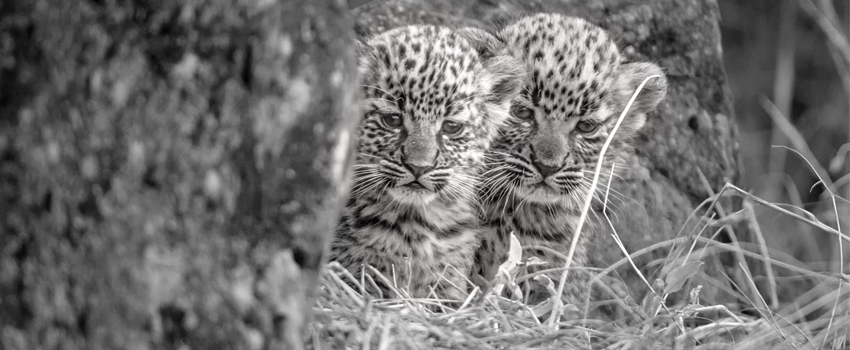
ACCOMMODATION
Accommodation consists of six standard tents and two family units. Each tent is raised on a wooden platform with a furnished verandah and views towards the river or over a channel off the main river…
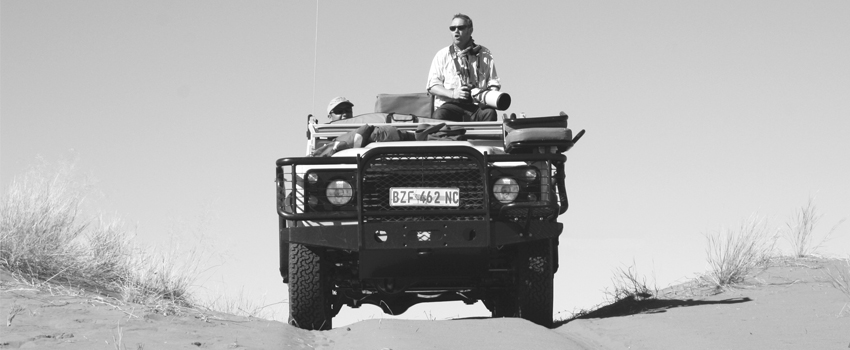
AREA & ACTIVITIES
The Nyerere is Africa’s largest wildlife sanctuary, covering over 54,600 sq. kms. (almost the size of Ireland). The region is dominated by the Great Ruaha River and Kilombero rivers which join to form the Rufiji, East Africa’s..
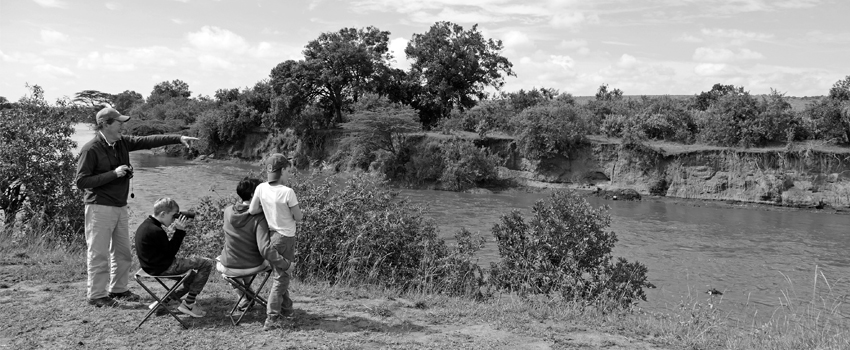
Families
Selous Impala accepts children of all ages but the Nyerere in general is perhaps best for families with slightly older children from 10 years and above. There are two good family units at Selous Impala – one unit…
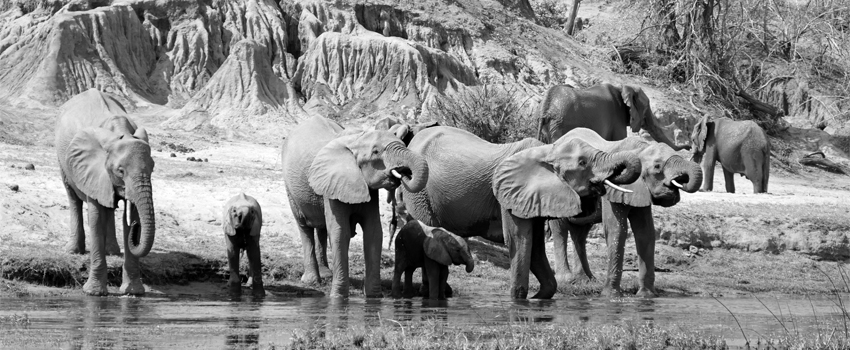
Conservation & community
Selous Impala is located inside the Nyerere National Park and therefore their prime focus is on protection of the wildlife area and fees paid by visitors go towards this. Selous Impala has also been in operation for…
| Location | Rufiji River, Nyerere National Park |
| Access | Scheduled or Charter flight into Mtemere, 25 minute drive to camp |
| Open | June to March |
| Pricing | £££££ |
| Camp Style | Tented lodge |
| Focus | Big game / Birding |
| Children | 10+ Years (12+ for walking) |
| Activities | Game drives (by day) / Boat safaris / Walking / Fishing / Fly camping |
| Vehicles | Open |
| Maximum Guests on Vehicle | 6 |
| Private Vehicle Options | Yes |
| Off-road Driving | No |
| Number of Rooms | 8 tents (including 2 family units) |
| Family Accommodation | 2 two bedroomed family units |
| Bathroom | Flush toilet / Plumbed basin / Plumbed shower |
| Power for charging | Communal / In room (USB only) |
| Lighting | Solar |
| Hairdryer | Not possible |
| Heating/Cooling | Ceiling fans |
| Room Safe | Yes |
| Laundry Service | Complimentary |
| Communication in room | No |
| Wi-Fi | In central areas |
| Mobile Reception | Yes (limited) |
| Swimming | Communal |
| Wellness | No |
| Dining Style | Private |
| Drinks Included | No |
| Credit Cards | Not accepted |


